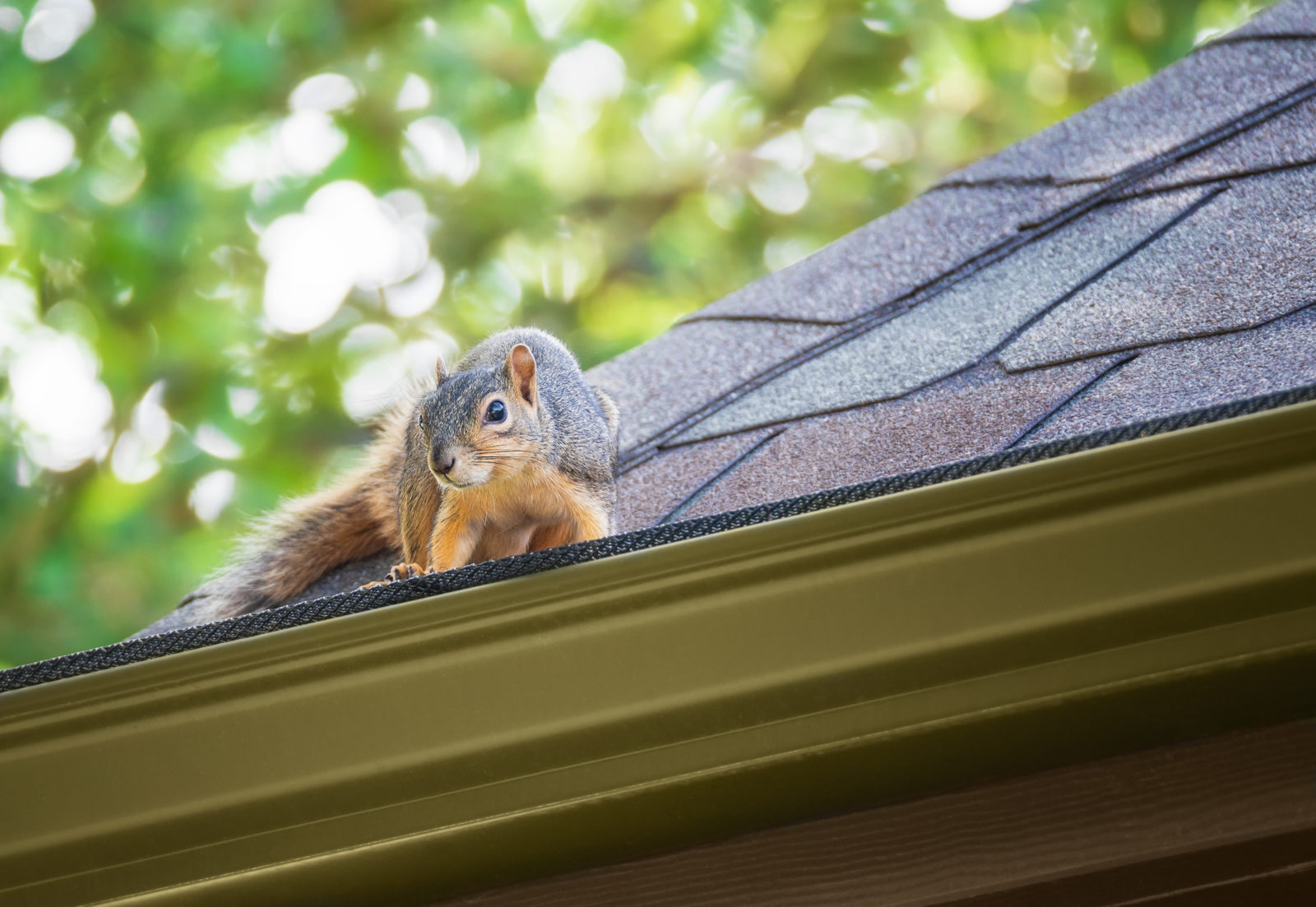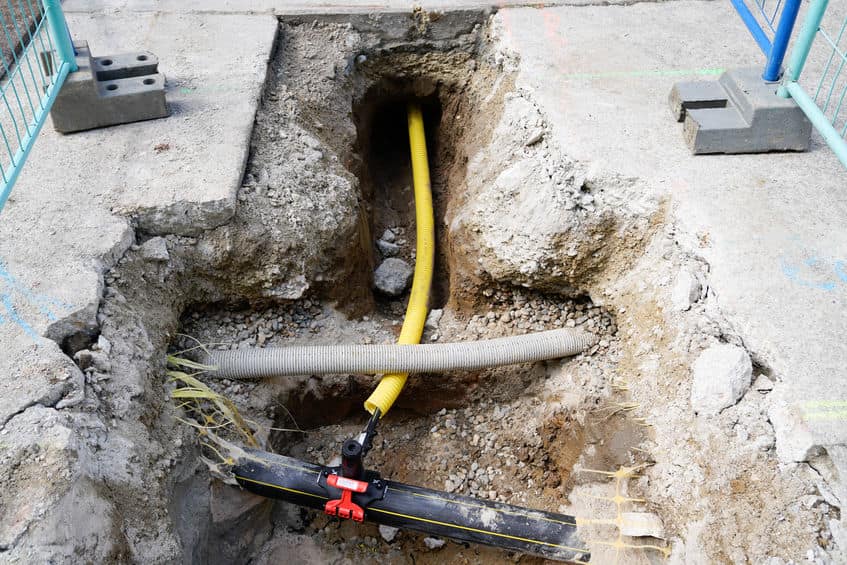Key Takeaways:
- Identify and seal entry points to prevent squirrels and other wildlife from accessing your attic.
- Use durable materials like metal flashing and hardware cloth for long-term prevention.
- Avoid oversights such as small gaps or improper sealing that can lead to re-infestations.
- Consider professional assistance to manage and prevent wildlife intrusion effectively.
Importance of Wildlife-Proofing Your Attic
A secure attic prevents property damage and plays a crucial role in maintaining household safety. When squirrels or other wildlife gain access to attics, they cause damage by gnawing on wooden beams and electrical wires, potentially leading to electrical fires. Their nests can block vents, affecting ventilation, and their droppings can contribute to serious health conditions like Hantavirus and Salmonella. These issues, if left unaddressed, may escalate into costly repair and health bills, disrupting the peace of your living environment. As urban areas expand, wildlife is increasingly finding homes within human structures, making the task of attic proofing more important than ever.
Squirrels, in particular, pose significant challenges in urban settings due to their resourceful nature and ability to adapt to city conditions. Addressing these problems is more than pest control—it’s essential for home protection. Squirrel Control & Removal in Boston provides insight into practical solutions for preventing squirrel access, emphasizing proactive rather than reactive measures.
Common Squirrel Entry Points
The architecture of most homes offers multiple weak points that savvy squirrels can exploit. Roof vents, for example, might not be as secure as they seem, often allowing squirrels to slip through unnoticed. Similarly, areas around chimneys provide warmth and an easy entrance if uncapped or damaged. Fascia boards with cracks or rot and the eaves around dormers often go unnoticed but serve as welcome mats for critters. If loose or missing, even bricks around chimneys can become unintentional gateways. Recognizing and addressing these vulnerable areas is the first step in keeping your attic secure from uninvited guests.
Step-by-Step Guide to Wildlife-Proofing
Inspect Your Attic and Roof
Begin your wildlife-proofing journey with a detailed inspection of your attic and the roof covering your home. A broad daylight search can reveal hidden signs of activity, such as shredded insulation, droppings, or chewed wood. Pay special attention to external walls and roof underhangs. During this inspection, having a flashlight is beneficial, enabling you to spot signs of damage in darker corners or under insulation layers.
Seal Entry Points
Once you’ve identified potential entryways, sealing these gaps is crucial. Metal flashing is a top choice as it’s resilient against chewing. Steel wool can be effective for smaller gaps when stuffed tightly, as it prevents further gnawing. For larger openings, fitting and securing heavy-duty hardware cloth can safeguard against curious squirrels. Ensure the materials cover the entire opening and are firmly secured to withstand external conditions and animal tampering.
Install Chimney Caps and Vent Covers
Guarding your vent and chimney areas is essential for comprehensive protection. Chimney caps create an immediate barrier and are a simple investment for long-term peace of mind. Similarly, installing durable vent caps prevents entry while maintaining necessary airflow. Select materials designed to endure external conditions and resist animal interference, ensuring longevity.
Trim Tree Branches
Our tree-rich neighborhoods provide natural bridges for wildlife looking for shelter. By trimming tree branches to remain at least six to eight feet away from your roof, you remove these highways directly to your attic. This step is not merely aesthetic but pivotal in minimizing squirrel access. Furthermore, it also allows you to enhance your yard’s overall health and appearance.
Recommended Materials and Tools
Embarking on wildlife-proofing requires specific, reliable materials and tools. High-quality metal flashing, steel wool, and hardware cloth are standard barriers, while chimney caps and vent covers serve more specialized purposes. Equip yourself with a sturdy ladder, needle-nose pliers for cutting wires, a staple gun for securely fixing materials, and measuring tape for precise fitting.
Common Mistakes to Avoid
Overlooked areas and material selection errors are common pitfalls in DIY wildlife-proofing efforts. Small, inconsequential cracks are often neglected but provide ample space for squirrels. Opt for robust materials rather than convenient but easily gnawed-through alternatives like plastic or thin woods. Furthermore, failure to address integral points within your home’s infrastructure, such as interconnective gaps in your roofing system, may invite persistent return visits.
When to Seek Professional Help
There are scenarios where the complexity of an infestation surpasses typical do-it-yourself solutions, and professional expertise becomes essential. Professionals can provide a comprehensive evaluation and deploy humane, effective removal methods. When extensive damage is present, their skill in restoration and prevention can safeguard your home effectively. Professionals in urban wildlife management offer insights into handling wildlife with care and precision, minimizing stress to animals and homeowners alike. Assessing when these services are necessary ensures optimal and humane outcomes, benefiting you and the local ecosystem.
Concluding Thoughts
Wildlife-proofing your attic must be a priority in your home maintenance routine. By managing both current issues and preventing future ones, you safeguard your home’s integrity and support a symbiotic coexistence with your local environment. Embrace these practices to uphold your home’s safety and comfort while contributing to sustainable urban living. Engaging professionally, when needed, complements these efforts, creating a fortified barrier against wildlife intrusions. Remember, proactive measures today secure the sanctity of your living space and benefit the broader community environment.




